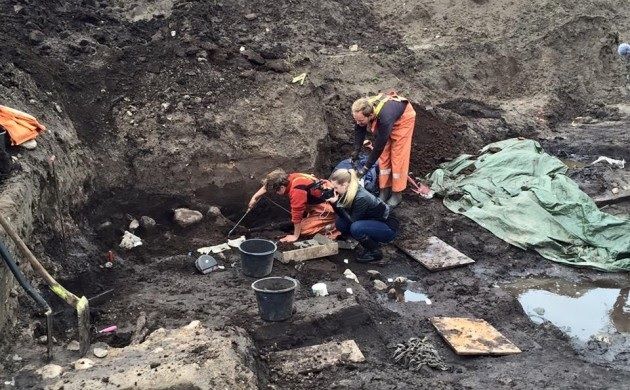|
|
Post by UKarchaeology on Sept 27, 2015 21:32:08 GMT
 Location in north Jutland believed to have been used as a religious site for human sacrifices in the early Iron Age Location in north Jutland believed to have been used as a religious site for human sacrifices in the early Iron AgeDanish archaeologists have returned to a boggy field in Jerslev in northern Jutland to try to establish how six human skulls from the Iron Age came to be buried there. Two of the 2,000-year-old human remains were found by accident two years ago by a farmer, Finn Jørgensen, who was repairing a drainage system. He then contacted the Vendsyssel Historical Museum whose archaeologists found four more skulls, which are believed to have been the result of sacrificial rituals in the early Iron Age. Excavations underwayIn August this year, the excavation work at Svennum Offermose resumed as the archaeologists wish to learn more about the location and its purpose. Based on previous findings, bogland in northern Jutland is known to have been used both as a source of peat for fuel and as religious sites where human sacrifices took place. “Finding a few skulls is all very well, but if we want to write the history of Denmark and tell everyone how exciting and important this place is and what a great history we have, we must get the bigger picture,” Sidsel Wåhlin, the excavation supervisor and curator at Vendsyssel Historical Museum, told Ekstra Bladet. (source/pic: cphpost.dk/news/archaeologists-seeking-answers-about-denmarks-human-sacrifice-past.html ) |
|